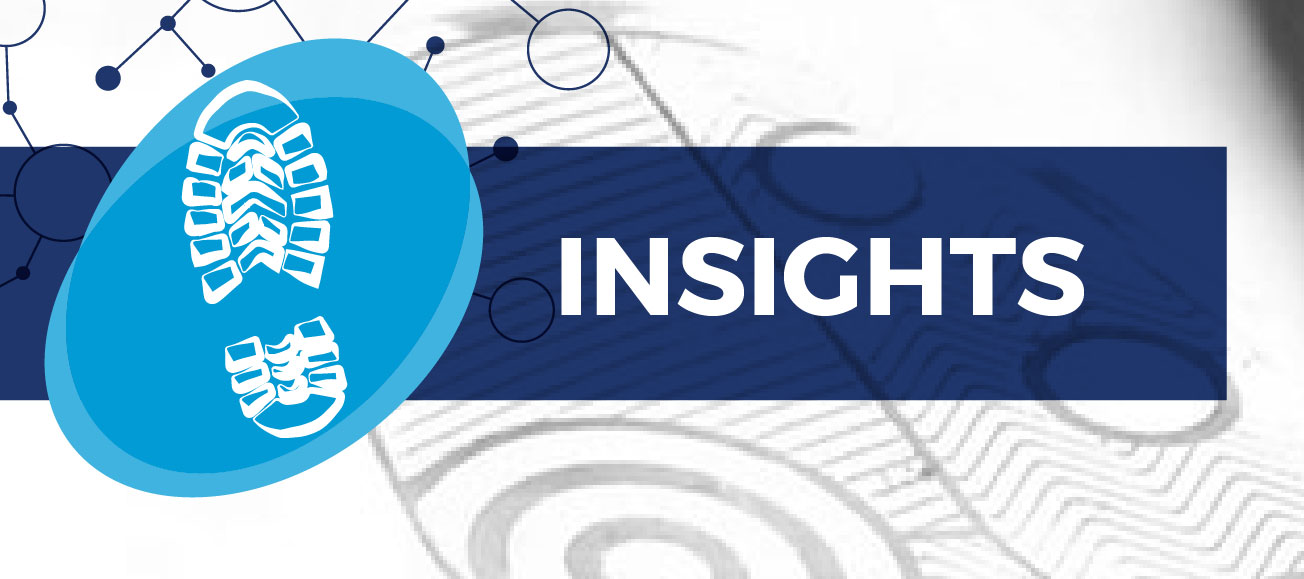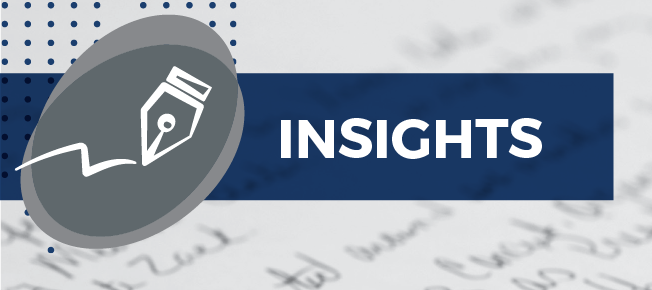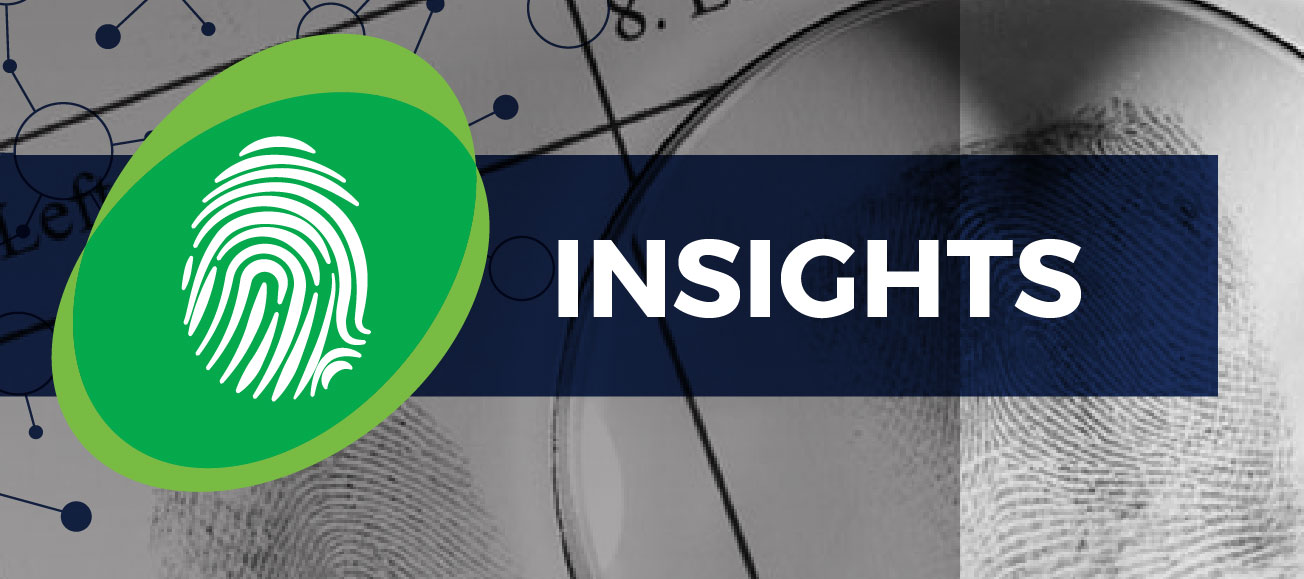This series is scheduled to begin on Friday, April 28, 2023. A registration form can be found below.
Presenter:
Alicia Carriquiry
Director of CSAFE
Iowa State University
About the Short Course:
Session 1 is the first session in the three-session short course, Sampling for Forensic Practitioners. Dr. Alicia Carriquiry covers populations and sampling frames, and sampling methods including geometric sampling. The emphasis will be on understanding how these methods are used to aid and enhance current forensic science practices. This short course will be held online in three sessions: April 28, May 5, and May 12. Registration is free, and you only need to register once to attend all three sessions. Participants who attend all sessions will receive a certificate of completion.
If you are interested in participating in this course and would like to suggest topics for discussion, please contact us at your earliest convenience and we will try to accommodate your request.








